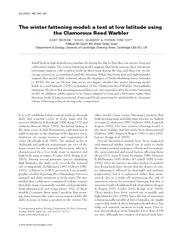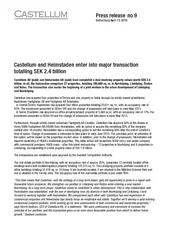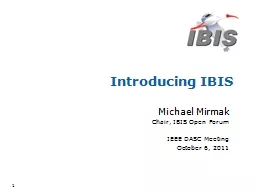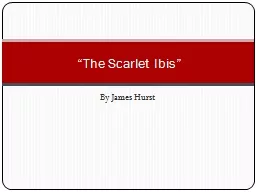PDF-Ibis British Ornithologists Union Blackwell Publ
Author : mitsue-stanley | Published Date : 2015-05-15
The winter fattening model a test at low latitude using the Clamorous Reed Warbler OBY MEROM SUHEL QUADER YORAM YOMTOV Kibbutz Nir David Bet Shean Valley Israel
Presentation Embed Code
Download Presentation
Download Presentation The PPT/PDF document "Ibis British Ornithologists Union ..." is the property of its rightful owner. Permission is granted to download and print the materials on this website for personal, non-commercial use only, and to display it on your personal computer provided you do not modify the materials and that you retain all copyright notices contained in the materials. By downloading content from our website, you accept the terms of this agreement.
Ibis British Ornithologists Union Blackwell Publ: Transcript
Download Rules Of Document
"Ibis British Ornithologists Union Blackwell Publ"The content belongs to its owner. You may download and print it for personal use, without modification, and keep all copyright notices. By downloading, you agree to these terms.
Related Documents














